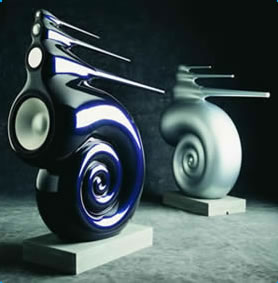I'm not trying to have a Magico commercial. But the factory tour seems to indicate substantial manufacturing cost.
http://www.whatsbestforum.com/showthread.php?3113-Magico-factory-tour-online
As far as what is here to stay, I never thought I'd see it. But you can go to the trash can and get a Sony 36" cathode ray tv out of the trash. That's how dominant flat screen TVs have become. Whoever thought we would see a Magnepan desktop speaker?
http://www.whatsbestforum.com/showthread.php?3113-Magico-factory-tour-online
As far as what is here to stay, I never thought I'd see it. But you can go to the trash can and get a Sony 36" cathode ray tv out of the trash. That's how dominant flat screen TVs have become. Whoever thought we would see a Magnepan desktop speaker?














